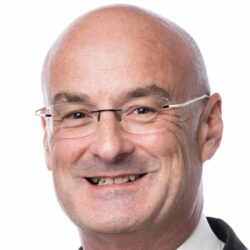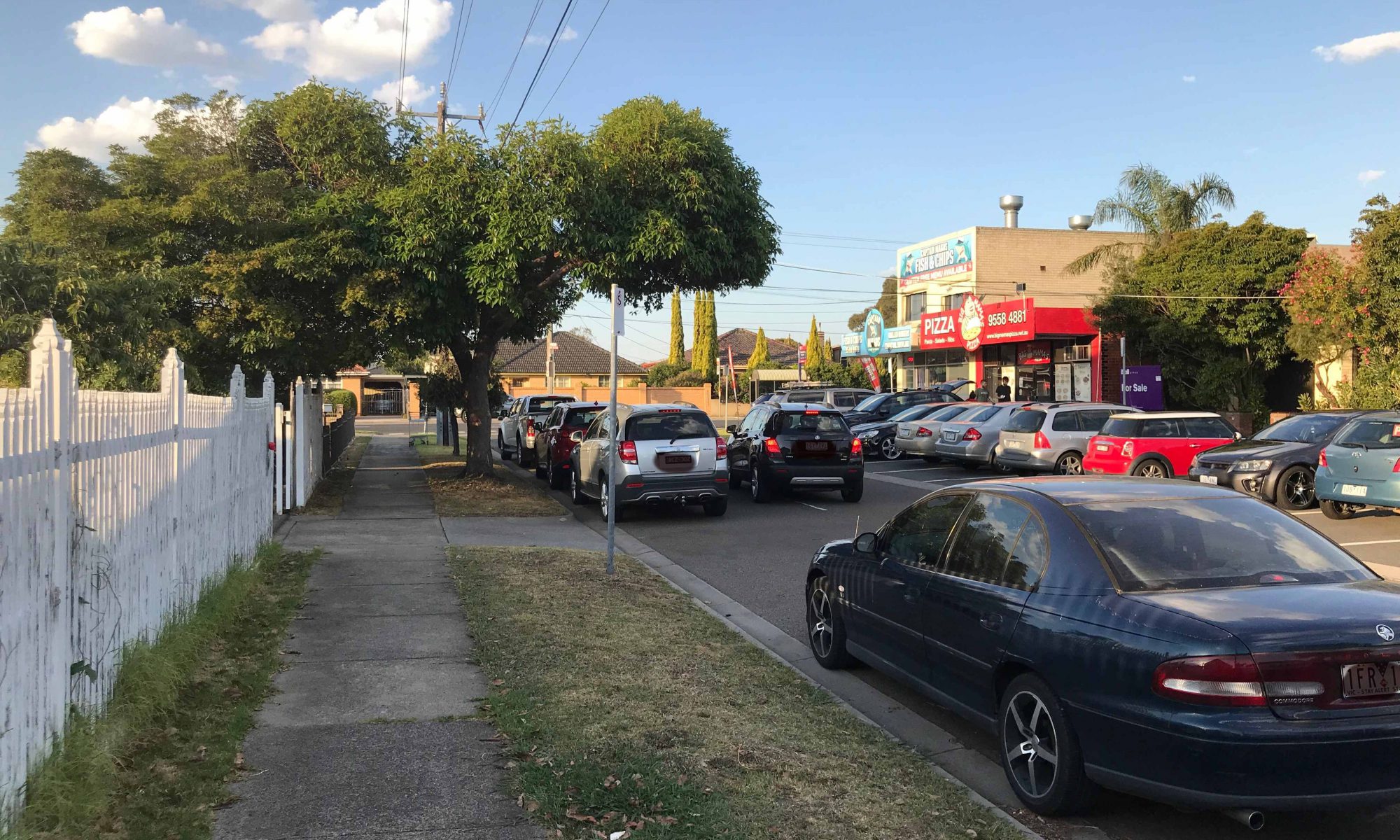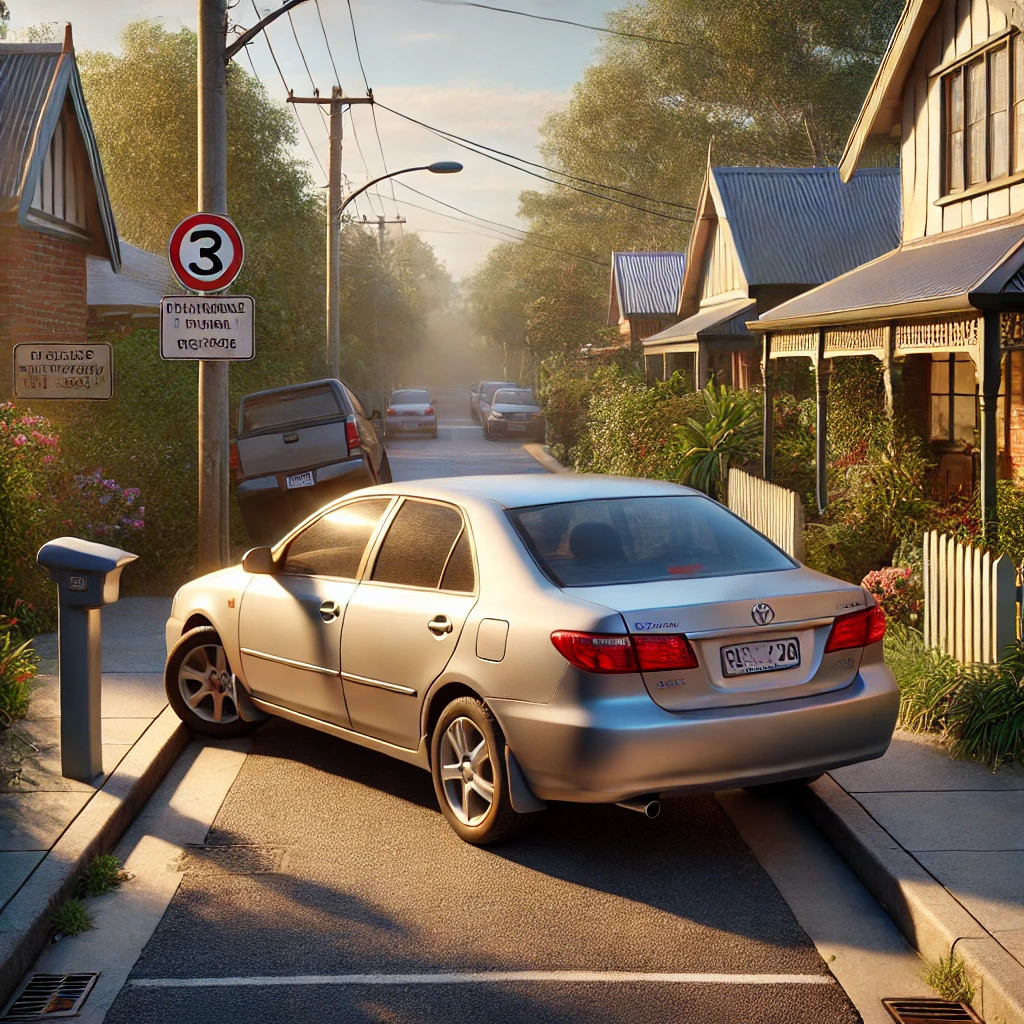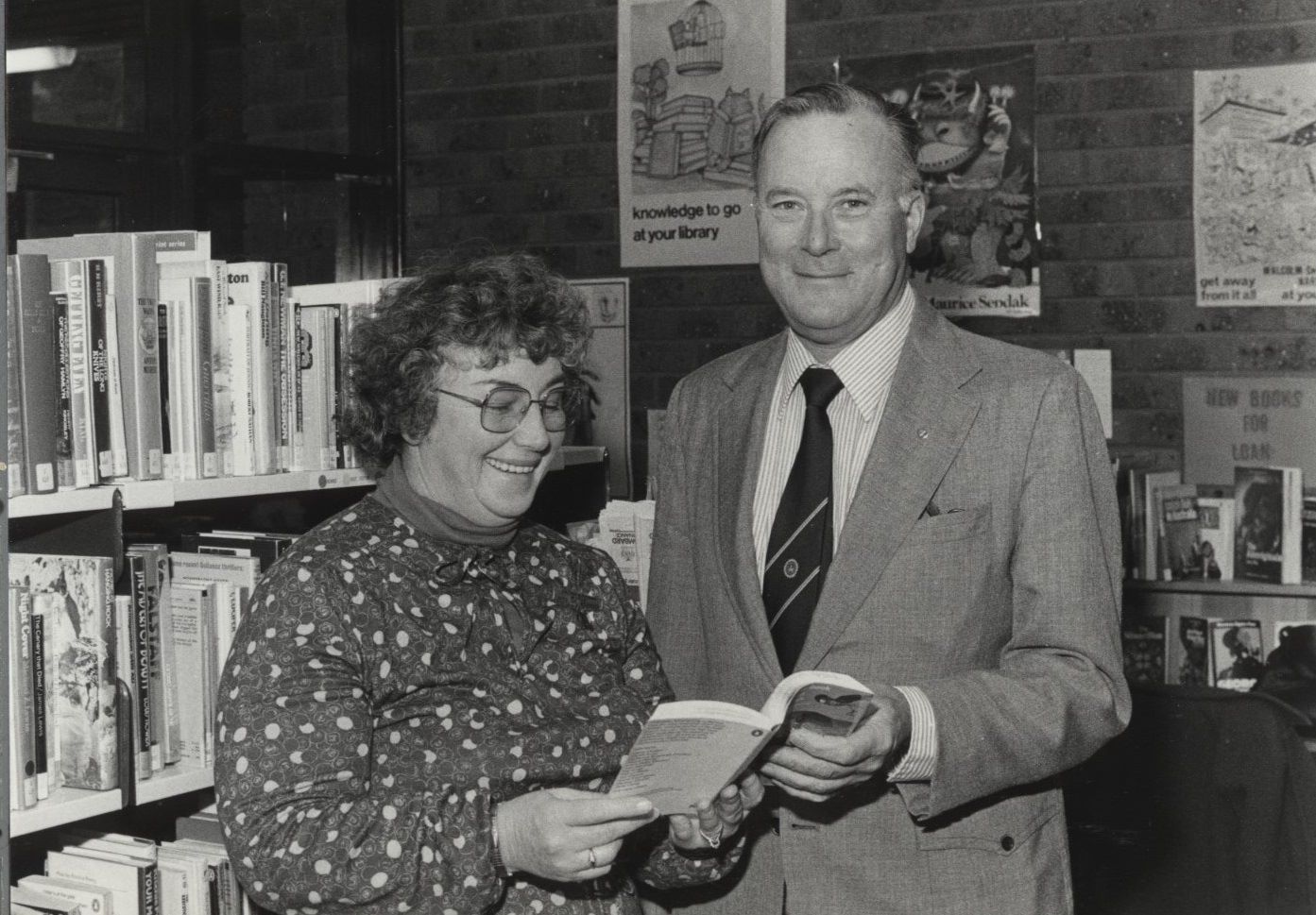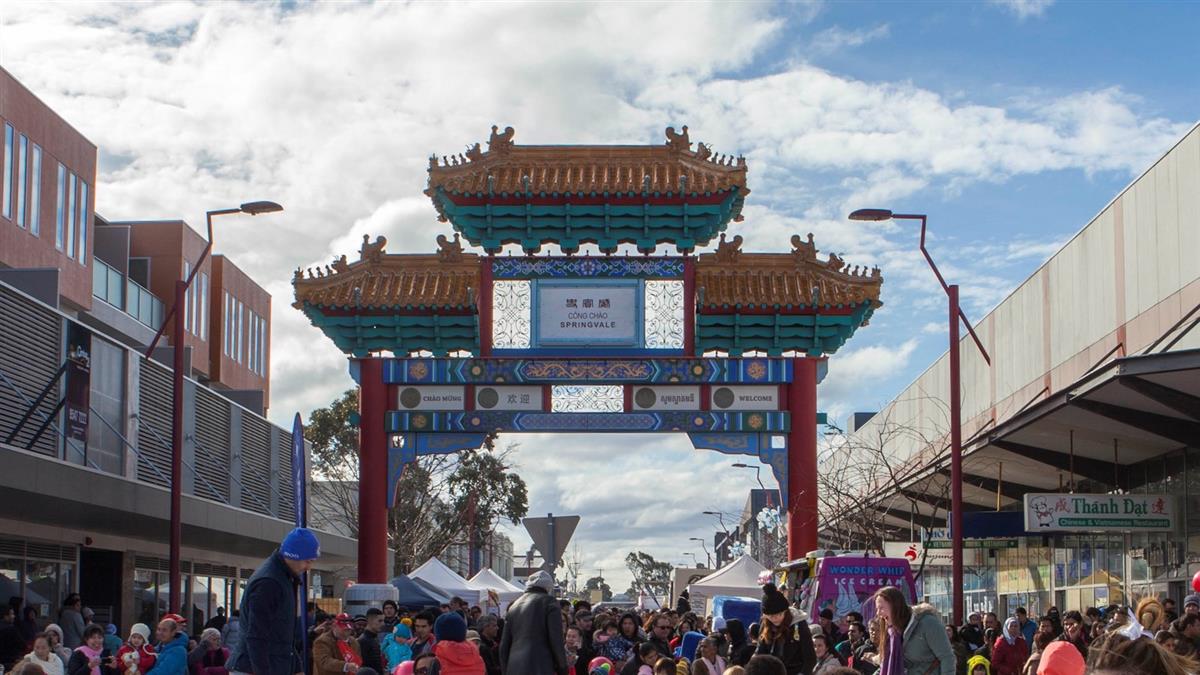Link to council webpage: http://greaterdandenong.com/news/1754/fighting-pokies-together
Following are my responses to questions put to me by a RMIT student:
Q:The statement you’ve linked me to is from a couple of years ago now. It’s clear the council has a strong stance in regards to gambling, what significant moves has the council taken towards lowering the average of gambling losses?
There’s not a great deal that local councils can do, given that the final arbiter on individual applications and the cap on the number of machines allowed per municipality is the Victorian Government.
As you mention, the council is part of a multi-council coalition against problem gambling. This coalition has become significantly stronger in the last six months, as more councils have joined the coalition.
The council does have limited success. For example, recently we voted down an increase of machines at Club Noble and the club did not appeal to the Victorian Government.
Q: Given that the council has been aware of this issue for a long time, is it of concern that these loss statistics are still so high today?
Most definitely. More than ever, our local community has less disposable income and is more vulnerable to the effects of problem gambling.
Q: What ongoing actions does the council have in place to lower these losses, and have they been changed by recent revelations, or do they remain the same?
I’m not sure of the revelations you refer to. The amount of money lost to gambling in Greater Dandenong has been high for a long time.
The council has the following actions to reduce problem gambling:
Assess each application for increase including the context of harm to the community by problem gambling.
Continue the multi-council coalition to advocate to the Victorian Government for, in particular, harm minimisation. Harm minimisation is about making it harder for an individual to lose a large amount of money in a short time. One of these initiatives is $1 minimum bets, which we were happy to see has been supported by Coles.
Support community initiatives such as Australian Friendship Chess that offers an alternative to gambling.
Support awareness of problem gambling by initiatives such as Two Sides of the Coin.
Q: Your statement reads, “a lot of what Council is trying to achieve is hampered by the impact of gambling including domestic violence, crime as well as physical and mental health”. Have you seen any changes in these areas within the community having joined this taskforce and taken a more aggressive stance on gambling?
I haven’t seen any data or studies showing a causal link between problem gambling and purported associated issues. What we do know is that problem gambling takes money out of family budgets, and one of the main stresses on family relationships and well-being is financial stress.
Response to questions by Cr Matthew Kirwan:
State legislation specifies a dual role for Councils in the process of approval as follows:
• The initial granting of planning approval of the addition of further electronic gaming machines(EGMs) or establishment of a new gambling venue; and
• In terms of the next step under state legislation which requires applicants to also seek approval from the State Government Statutory Authority known as the Victorian Commission for Gambling and Liquor Regulation (VCGLR), the opportunity to respond to an application by submission to VCGLR. As part of this process, legislation specifies the amount of time Councils may take to notify the VCGLR of its intention in relation to an application and to present its submission on behalf of the community. Having made a submission, Council has the option of supporting its position with an oral presentation at a hearing of the Commission, should it choose to do so.
So, in short we can’t stop ultimately gaming machine applications nor do we have the power to remove EGMs. Recently our rejection of an application for 20 additional machines in Club Noble in Noble Park was supported by the VCGLR but they ultimately had the power to decide.
Hence with dealing with the problem of the very large number of machines at Keysborough Hotel, and the very large losses there (from memory in the Top 10 across Melbourne) our role is advocacy related specifically to advocate, and support the advocacy of other local governments or organisations, for reform to the regulation of EGM gambling, including but not limited to the following:
• Reduction in the density and number of EGMs permitted under the caps of EGMS, in municipalities of socio-economic disadvantage and relatively high EGM density (one of the caps covers Greater Dandenong);
• Measures that diminish problem gambling. For example:
– Imposition of a limit of $1 upon the amount of money that may be lost in a single bet on an EGM;
– Removal of EFTPOS facilities from EGM gambling venues;
– Introduction of a compulsory pre-commitment mechanism; and
– Increased State Government financial support for programs and services that prevent problem gambling or the harms associated with
problem gambling;
• An extension in the period of time Councils are allowed to respond to gambling applications; and
• Revision of the VCGLR Social and Economic Impact Assessment Form, to more clearly direct local governments to relevant evidence about the local impact of gambling applications.
